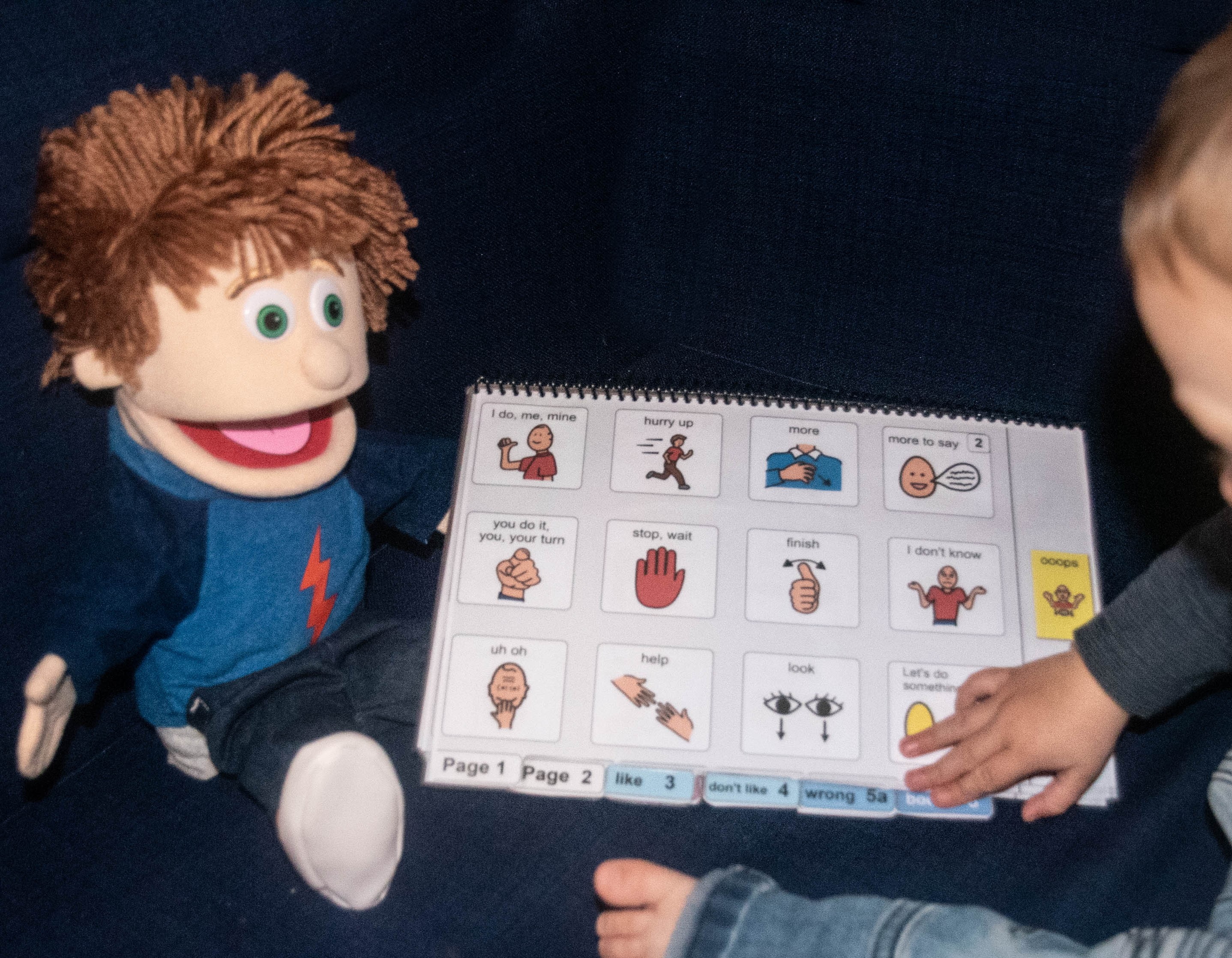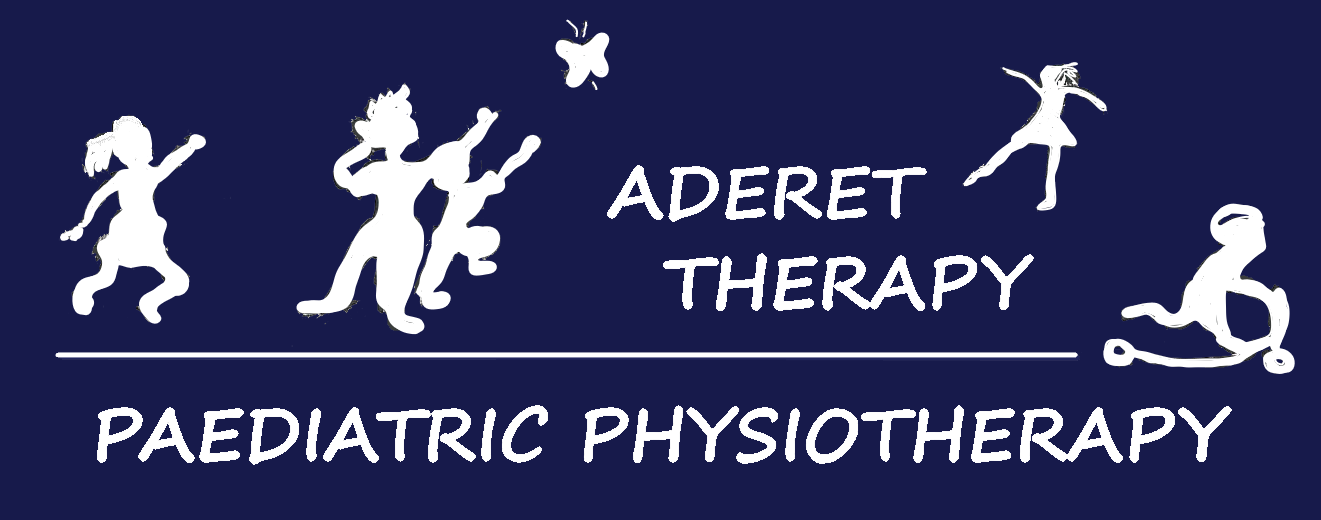In current times with NDIS, there has become very distinct lines between disciplines. A child goes to a speech pathologist to acquire speech and language, a physiotherapist for movement, and occupational therapist for play, the list goes on. Previously, disciplines were more intertwined. Therapists worked together to create the best result for a child. They combined their joint knowledge to solve a specific problem rather than having individual goals that don’t always coincide.
Today, we are exploring assisting a child to grow in communication when they are non-verbal. The popular opinion is this is solely the responsibility of a speech pathologist, however, a physiotherapist can create a lot of change in addressing this goal. A large portion of children have difficulty with communication. Speech can be delayed or not present at all. In recent years there has been huge advancement in the implementation of Augmentative and Alternative Communication (AAC) to assist individuals who struggle with verbal speech to communicate.
If we were to break down the skill required to speak, a child needs to have an understanding of language, they need the ability to initiate a message that is unique and original, they need the oral motor muscle control and timing of muscle contractions to produce verbal speech, they need stability and control through their head, neck and torso to provide adequate stability for oral motor control as well as respiratory function to produce the breath required for speech production.
So how can physio assist with these skills. Our area of expertise is muscles, movement and posture. Our role is to assist with posture and development of motor control and sequencing to assist with speech production. The development of language acquisition in terms of comprehension, and expression still resides in a speech pathologist’s domain.
How is this related in situations where your child uses sign language or AAC. A physio can add more expertise as the barriers to communication become more physical and less language acquisition based. This is where we have a massive role regarding access to AAC systems. When you think about it, these systems are designed to be accessed through physical movements to replace verbal speech to enable to a child to still communicate their thoughts and ideas. A physiotherapist can provide a lot of insight into how your child moves and the most efficient and effective way that your child can access their AAC system.
There are many different ways to access AAC systems whether it is direct access, partner assisted scanning, eye-gaze, switch access or more. The way in which your child accesses their system depends on what reliable movement they can access with the most minimal amount of effort so their concentration can be focused on the message they are trying to convey. This is where if your child’s speech pathologist works closely with your child’s physiotherapist, the end result can be more productive. The combined knowledge of movement and positioning from a physiotherapist with a language acquisition and systems from a speech pathologist is ground breaking.
The bottom line, the end result is more productive when therapists can work together as a team on the problems your child faces. Encouraging your child’s therapy team to work together on issues can be more beneficial than pigeon holing certain problems to only one discipline. Do not assume that certain problems or areas are only relevant to certain disciplines.
